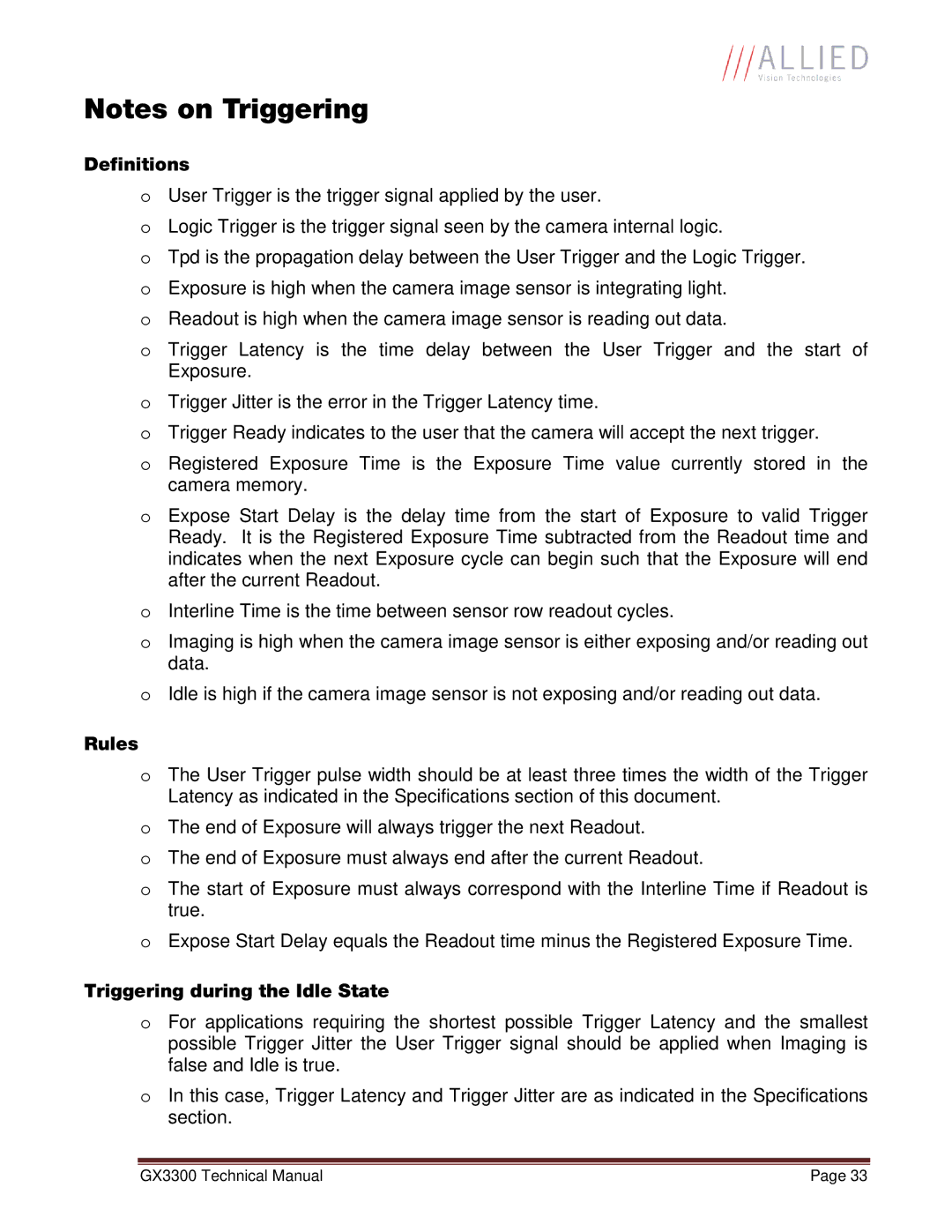GX3300C, GX3300 specifications
The Allied International GX3300 and GX3300C are versatile marine radios that bring a wealth of features and advanced technology to ensure seamless communication on the water. Designed with both recreational and professional mariners in mind, these devices enhance safety and connectivity through a user-friendly interface and robust functionality.One of the standout features of the GX3300 series is its dual watch function, which allows users to monitor two channels simultaneously. This is particularly useful for navigating busy waterways or when keeping an ear on emergency frequencies. The radios come equipped with a powerful 25W output, ensuring clear communication over long distances.
Both models incorporate digital selective calling (DSC) capabilities, enabling users to send distress signals and communicate with nearby vessels or coast guards at the touch of a button. The internal GPS receiver is another significant attribute, providing precise location data that ensures mariners can share their position during emergencies or routine communication. This integration of GPS simplifies the process of relaying information verbally, as the device will automatically transmit the vessel's coordinates.
The GX3300C model goes a step further by including a built-in AIS (Automatic Identification System) receiver. This crucial feature allows mariners to receive information about nearby vessels, enhancing situational awareness and safety, especially in congested waters. AIS data displays the position, course, and speed of nearby ships, which aids in collision avoidance and navigation planning.
Both models feature a clear, backlit LCD screen that guarantees visibility under various lighting conditions. The intuitive controls and menu navigation make operating the radios straightforward, even for less tech-savvy users. The rugged design of the GX3300 series ensures durability against harsh marine environments, with water and shock resistance being key characteristics.
Additionally, these radios support an extensive range of frequencies, allowing for worldwide marine communication. With built-in weather channels, users can stay informed about changing weather conditions, which is crucial for safe navigation.
Overall, the Allied International GX3300 and GX3300C radios combine advanced communication technologies with practical features to enhance marine safety and connectivity. Their reliable performance and user-friendly design make them essential tools for anyone operating on the water, ensuring that help is always just a call away.

